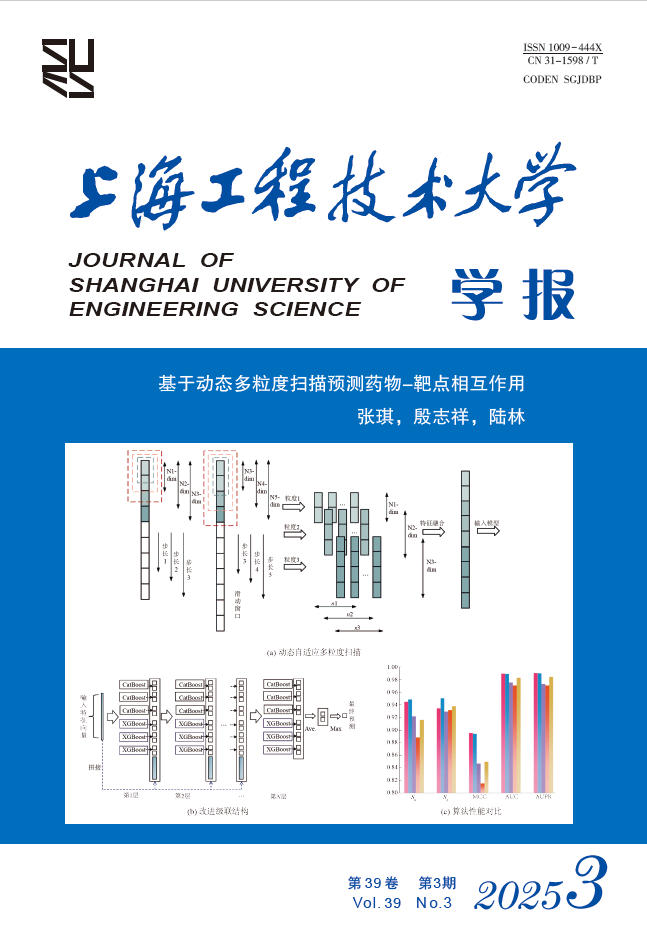Current Articles
2025, Volume 39, Issue 3
Display Method:
2025,
39(3):
257-265.
doi: 10.12299/jsues.24-0050
Abstract:
2025,
39(3):
266-273.
doi: 10.12299/jsues.24-0119
Abstract:
2025,
39(3):
280-285, 291.
doi: 10.12299/jsues.24-0046
Abstract:
2025,
39(3):
286-291.
doi: 10.12299/jsues.24-0114
Abstract:
2025,
39(3):
292-299.
doi: 10.12299/jsues.24-0158
Abstract:
2025,
39(3):
300-306.
doi: 10.12299/jsues.24-0129
Abstract:
2025,
39(3):
307-313.
doi: 10.12299/jsues.24-0093
Abstract:
2025,
39(3):
314-319.
doi: 10.12299/jsues.24-0165
Abstract:
2025,
39(3):
320-325.
doi: 10.12299/jsues.24-0133
Abstract:
2025,
39(3):
326-332.
doi: 10.12299/jsues.24-0199
Abstract:
2025,
39(3):
333-340.
doi: 10.12299/jsues.24-0127
Abstract:
2025,
39(3):
341-346.
doi: 10.12299/jsues.24-0098
Abstract:
2025,
39(3):
347-353, 374.
doi: 10.12299/jsues.24-0163
Abstract:
2025,
39(3):
354-359.
doi: 10.12299/jsues.24-0143
Abstract:
2025,
39(3):
360-365.
doi: 10.12299/jsues.24-0147
Abstract:
2025,
39(3):
366-374.
doi: 10.12299/jsues.24-0125
Abstract:





 Email Alert
Email Alert
 RSS
RSS
